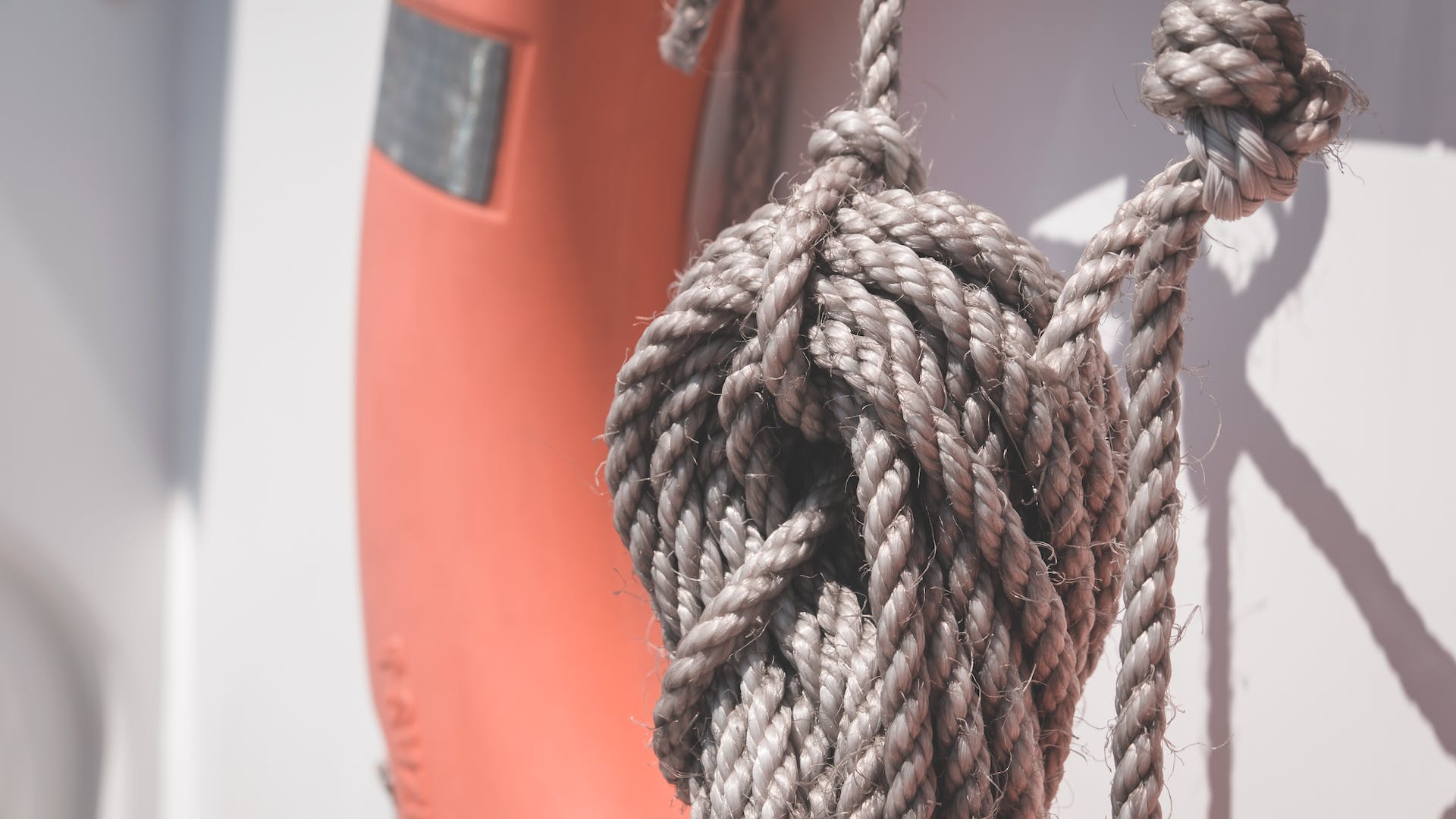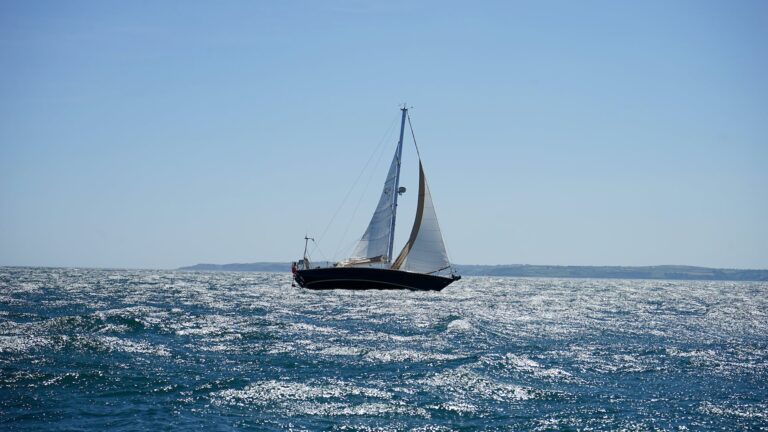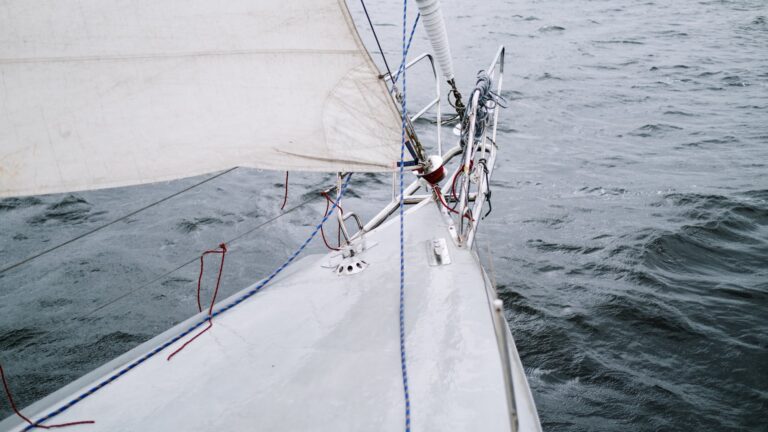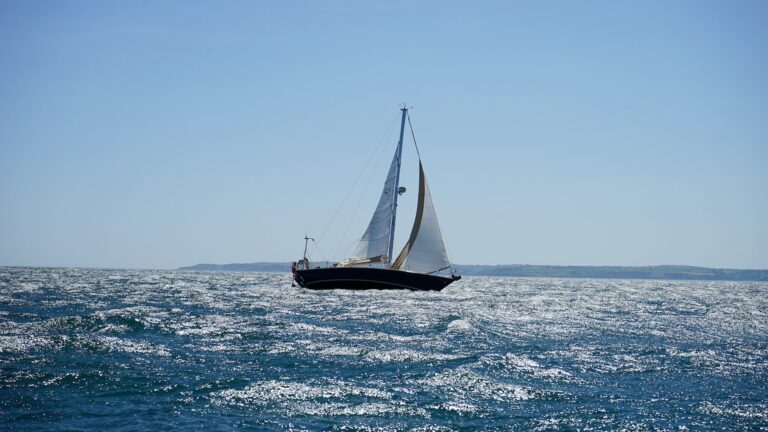What Are The Little Numbers On a Nautical Chart?
Introduction
Sailing is an ancient art that has been around for centuries, and it relies heavily on knowledge and understanding of the ocean environment for safe navigation and exploration. As such, careful attention must be paid to the details found on nautical charts – specialized maps depicting features of oceans, seas and other navigable waters – including the small numbers that appear throughout the map.
This article will explain what these small numbers mean and how they are used for safe navigation when sailing at sea.
What Are Nautical Charts?
Nautical charts are highly detailed maps designed specifically for use by sailors, fishermen and other mariners who need to navigate through navigable waters safely and efficiently.
These maps provide detailed information about the surrounding waters, including depth, hazards, locations of buoys and other navigational aids, as well as other relevant information such as currents and weather forecasts.
Nautical charts help sailors plan their routes more effectively by providing more information than is available from traditional maps or satellite images alone.
The Importance of Using Nautical Charts
The importance of using nautical charts cannot be overstated, they provide invaluable information needed for safe navigation at sea, including hazards that may not be visible from above the water’s surface such as rocks or shallow depths near shorelines or certain areas of open water where larger vessels may run aground if they do not take precautions ahead of time or if they fail to pay attention to the depth readings given by their chart plotters (GPS-like devices).
Additionally, these specialized maps provide information about currents and tide levels which can greatly improve efficiency when planning routes or making sail adjustments based on wind direction and speed changes due to changing tide levels or currents in certain areas.
What Are The Little Numbers On a Nautical Chart?
The little numbers found on a nautical chart represent depth measurements taken from soundings acquired by hydrographic surveys – measurements taken from instruments that measure how deep water is in different locations throughout an area being surveyed (or mapped). Depths can be measured in either feet or fathoms (the chart will indicate which).
A fathom is a nautical unit of measurement equal to six feet, its use has become increasingly common due to its convenience compared with measuring depths in feet alone, especially when navigating near shorelines or shallower waters where depths can change quickly with small changes in location due to tides or currents.
How Soundings are Used to Measure Depths
Soundings are taken using special instruments called echo sounders that measure how deep water is in different locations throughout an area being surveyed (or mapped).
These instruments emit sound waves that travel through water until they reach an object, then they bounce back up towards the instrument which measures how much time it took for them to return – this time indicates how deep the water is beneath the instrument’s location at that moment (the deeper it is, the longer it will take for those waves to come back up).
Different types of soundings can be used depending upon what type of data is needed, single beam echo sounders measure depths from one spot only while multi-beam echo sounders create 3D images showing depths throughout an area being surveyed in great detail.
The Units of Measurement Used in a Nautical Chart
Depths measured by soundings are usually displayed in either feet or fathoms on a nautical chart, however, there may also be other units such as meters or yards depending upon which country you’re sailing within (or near) and what type of survey was conducted there prior to printing out the map itself (as some countries may use different units depending upon their own regional preferences).
Fathoms have become increasingly popular due to their convenience compared with measuring depths in feet alone since they require less calculations when determining depth readings quickly – especially when navigating near shorelines or shallower waters where depths can change quickly with small changes in location due to tides or currents.
The Advantages Of Using Fathoms As A Unit Of Measurement
Using fathoms instead of feet has several advantages when navigating at sea: it requires less calculations when determining depth readings quickly since each fathom equals six feet, this makes it easier for sailors to quickly determine whether they have enough water beneath them at any given moment without having to do lengthy calculations involving multiple factors every time they need an answer, also, since most bodies of water tend to have greater changes in depth near shorelines than further out into open waters, using fathoms instead allows sailors more accuracy when taking quick readings near land masses instead having to convert multiple units which could lead them astray if done incorrectly due time constraints or lack thereof knowledge on conversions between units like this one specifically (fathom vs foot).
Lastly, since most bodies tend have greater changes near shorelines than further out into open waters using fathoms allows sailors more accuracy when taking quick readings near land masses versus having convert multiple units which could lead them astray if done incorrectly due time constraints/lack thereof knowledge on conversions between units like this one specifically (fathom vs foot).
How To Read The Depth Numbers On A Nautical Chart
Depth readings found on a nautical chart can be read easily if you know what you’re looking for: each number corresponds with a certain depth below sea level depending upon which unit was used during the survey – either feet or fathoms – so you’ll need to look closely at your chart’s legend before taking any readings off it so you’ll know exactly what each number means before proceeding any further!
Additionally, some charts will have color coded contours indicating shallower areas versus deeper ones so you’ll know right away without having read any numbers just by looking at those lines/shapes! Lastly there should also be arrows pointing down next certain numbers so you’ll know immediately without even needing look closely legend exactly what each number represents each arrow pointing down usually stands means “X Feet/Fathoms Below Sea Level”.
Types Of Soundings Used In A Nautical Chart
There are several types of soundings used in hydrographic surveys: single beam echo sounding measures distances from one spot only while multi-beam echo sounding creates 3D images showing depths throughout an area being surveyed with great detail, both types can be used together create even more accurate results!
Additionally side scan sonar uses high frequency bouncing beams off objects under surface create images those objects themselves rather than just depth measurements those same objects just like regular sonar but wider range frequencies allowing greater resolution scans than regular sonar as well!
Lastly bathymetric lidar uses lasers shoot down onto ocean floor bounce back up create accurate 3D models entire ocean floor over large areas within short period time making bathymetric lidar ideal choice surveying very large areas quickly efficiently!.
How To Use Soundings When Navigating
Soundings should always be taken into account when navigating through shallow waters or near shorelines, these measurements provide invaluable insight into potential hazards that may not be visible from above sea level such as rocks close bottom surface hidden reefs sandbars etc.
Additionally knowing exact depths certain locations allow sailors plan their routes more effectively avoid running aground shallow spots saving them both time fuel costs overall making them safer happier voyage overall!
Additionally knowing exact depths certain locations allow sailors plan their routes more effectively avoid running aground shallow spots saving them both time fuel costs overall making them safer happier voyage overall!.
Conclusion
Nautical charts provide invaluable insight into navigable waters all over world enabling safe efficient travel through seas oceans alike!
Those little numbers found throughout map represent depth measurements taken from soundings acquired hydrographic surveys usually displayed either feet fathoms depending upon survey unit preference country location!
By understanding what these little numbers stand understanding how use soundings navigate safely efficiently anyone can make better informed decisions while sailing seas!




![fastestpointofsail-sailing-downwind-reaching-running-tacking-jibing-spinnaker-mainsail-jib-sailtrimming What is the fastest point of sail?[Editing Required]](https://challengedamerica.org/wp-content/uploads/2023/02/fastestpointofsail-sailing-downwind-reaching-running-tacking-jibing-spinnaker-mainsail-jib-sailtrimming-768x432.jpg)


